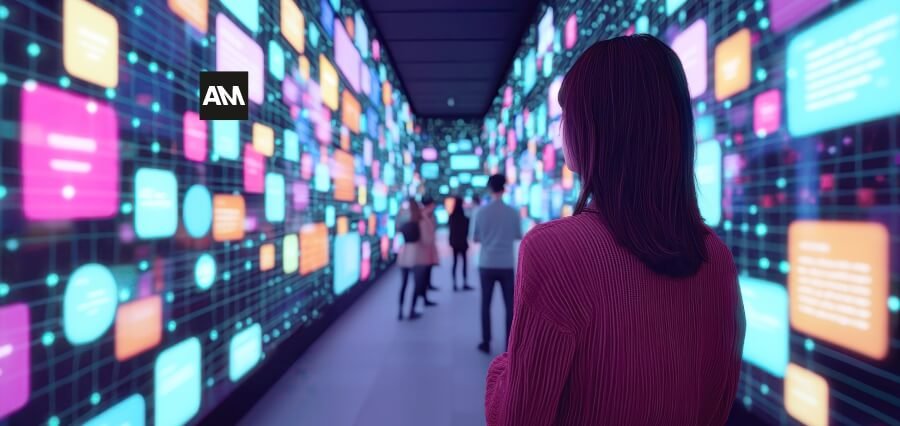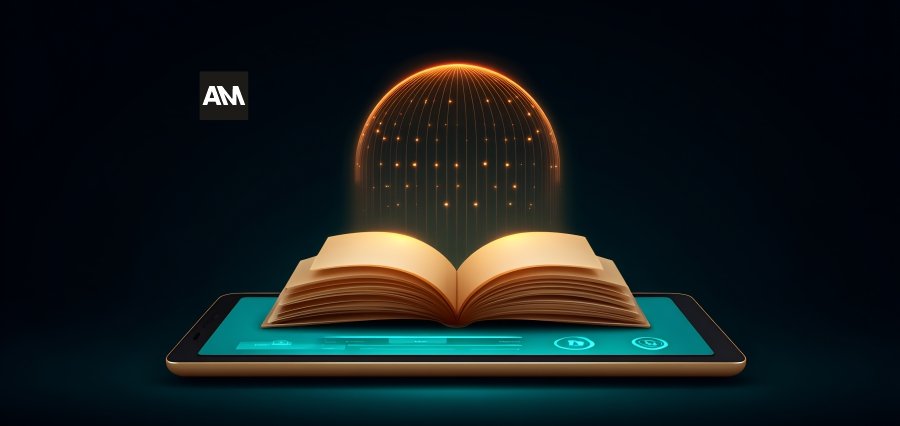Digital Horizons
The frenetic pace of technological innovation in the last several decades has irreversibly altered almost every sector, and education is no different. Unrestricted adoption of digital media by the education system has been a boon in making a colossus impact on the manner in which one learns, interacts, and gauges knowledge, bringing about a sea change in the conventional education system at its core. This context will examine some of the aspects of pedagogical tools online and their revolutionary value in present-day teaching, most of all their effectiveness compared to the built-in constraints.
Pioneers of that revolution are Learning Management Systems (LMS). Moodle, Canvas, Google Classroom, and Blackboard are merely some of those systems that have taken over education and offer a one-stop-shop for course content, assignments, grades, and discussion. They facilitate asynchronous learning, whereby students view content and do activities at will and on their own initiative, hence enabling learning to take place outside the classroom configuration and outside of school time. Their extended usage worldwide in the latest global pandemic again testifies to their need in providing continuity of teaching, evidence of their irreproducible quality in contemporary schooling.
Along with full management systems, there are certain digital study aids for particular studying requirements and topics. Interactive boards and smart boards supplanted chalkboards with interactive presentation, multimedia integration, and real-time collaboration. Education software and apps and games provide gamified study activity, quizzes, and interactive drills that provide the learning experience tailored. For example, computer programs like language learning programs like Duolingo or spaced repetition and gamification make the process of learning efficient and fun and programming sites are providing cutting-edge computational thinking in an easy-to-use package. These computer programs allow for alternative ways of learning and allow abstract concepts to be grounded and provide a more engaging learning environment for students.
The efficiency of such virtual pedagogic tools in the education of the present day is multifaceted. In the first place, they enhance student motivation and engagement to a great extent. Their activities in regards to interactive materials, multimedia, and gamified tasks are more successful compared to traditional teaching methods. When learning turns into adaptive and individualized work, students are more likely to remain encouraged, delve into subjects to a greater level, and gain a natural interest in learning. This increased interaction can bring about improved academic achievement and a healthier learning attitude.
Second, web-based instructional materials enable adaptive and individualized learning. In contrast to an all-at-once system, however, these technologies are able to review a student’s work, identify strengths and weaknesses, and adjust the curriculum and the pace of learning based on these strengths and weaknesses. Artificially intelligent programs can be used as intelligent tutoring, giving immediate feedback and suggesting precise resources or practice exercises to fill in specific gaps in students’ knowledge. It is this customized approach that can provide each student with the assistance needed to perform at their best, fulfilling their full capability, and making education more effective for all. The capacity of learning resources on the web to customize to personal needs is revolutionary.
Third, they significantly enhance access and flexibility in education. Web-based course materials, audio lectures, and virtual classrooms have removed geographical constraints, bringing high-quality education to people from distant locations or having physical disabilities. Students can learn instructional material of their choice at their own pace, wherever they are, so that they can be more flexible regarding time and accommodating various lifestyles. This feature of computer teaching software has brought education to more people than have ever been reached before.
Fourth, educational software on computers promotes teamwork and communication skills. Web-based discussion forums, learning groups, and live shared document pages allow students to collaborate on group projects, exchange ideas, and offer peer review from a worldwide perspective. This mirrors our contemporary shared working environments, preparing students to be functioning members of a constantly unfolding interdependent digital world. The teachers are also utilizing these technologies such that they are able to communicate freely with the students and the parents, thereby opening up the learning environment further and making it more interactive. With all the seeming advantages, there are no lacks of problems regarding the use of digital education tools.
The disconnect, or lack thereof, of web access is still an issue since not everyone has equal access to good means of web access or good devices, which continues the disparities in learning. The quality of content and curation of the web is of greatest concern too; mountains of digital information demand critical thinking skills from students and good curation on the teacher’s end. Teachers need to be provided with proper training and professional growth, as well, to implement such tools in pedagogy beyond technology adoption to some effective, altered pedagogically sound practices. Data protection and cyber security are increasingly becoming concerns that need solid shields for student secret information. The destiny of digital education technology will become even larger in the future.
We can look forward to continued advancements in AI and machine learning to create even more advanced and efficient personal learning environments. Virtual reality and augmented reality will enter the mainstream and provide extremely experiential and engaging learning. The focus will be more on creating skills for the future with digital learning aids at the center of creativity, critical thinking, problem-solving, and digital literacy building. The education system will only continue towards a hybrid where the best of traditional face-to-face learning is combined together in unison with the immense opportunities offered by digital learning. That is, educational technology has transformed the education system in the last few years, pushing it towards an even more individualized, interactive, open, and collaborative future.
In spite of continued challenges of quality, equity, and professional development, their achievements in raising learner accomplishment, developing 21st-century competencies, and creating an existing learning culture are undeniable. At the pace of technological advancement, digital learning tools usage will grow increasingly more, sparking constant innovation in teaching and equipping learners with the requirements of a more digital global world.








